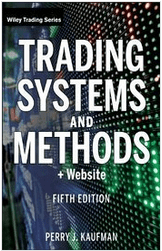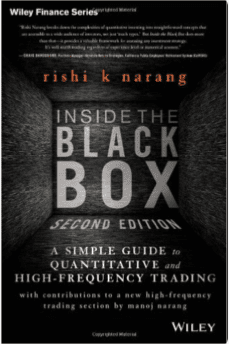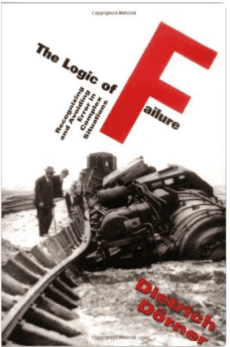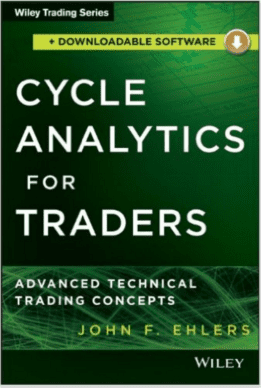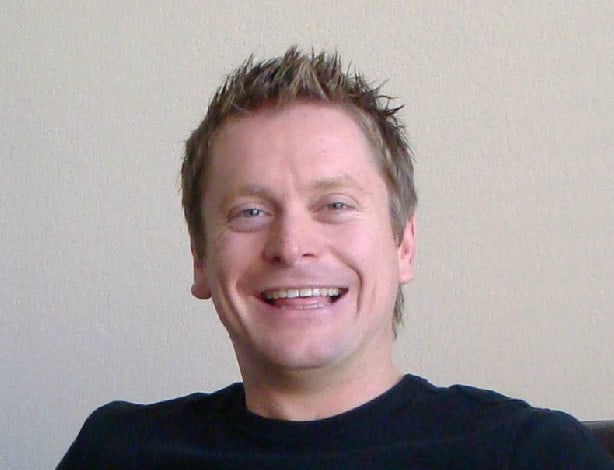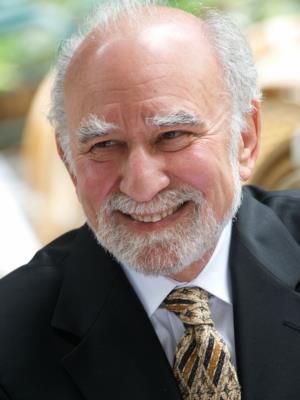
Perry Kaufman began his career as a “rocket scientist”, working on the navigation systems which were later using in the Apollo missions. In 1971 he became involved in the futures market and in that time has worked and consulted to a number of successful CTA, investment and prop trading groups, creating systematic trading and hedging programs.
Perry writes extensively on markets and strategies. His seminal book, Trading Systems and Methods + Website, now in its fifth Edition, has been called “remarkably insightful,” “the most authoritative and comprehensive work” in the industry; it puts the process of research and development into a “cohesive framework.” He has published fourteen books, some translated into Chinese, Russian, Italian, Spanish, and Japanese. He continues to lecture to economic forums, investor groups, and graduate students.
In this weeks chat we discuss market noise, the impact it has on trading styles and how it can be used to determine which strategies suit a particular market. We also talk about price shocks and how to mitigate their effects, how to use volatility in your favour, volatility parity for position sizing, the information ratio for strategy performance and some strategy ideas you can test yourself.
Topics discussed
- How market noise impacts trend following and mean reversion
- The effects of money flow during a crisis
- The types of strategies that work best in new markets and why
- How the efficiency ratio can be used to determine the best type of strategy for a market
- The best markets for trend following and mean reversion
- What strategy style to choose if you’re just starting out
- Using Volatility Parity for position sizing
- Impacts and dangers of price shocks on backtesting and how to handle them
- Mitigating the risk of price shocks
- Using the Information Ratio to measure strategy performance and detect possible over-fitting
- The effects of volatility on strategies and how to use volatility in your favour
- Fractal Geometry
- High Frequency Trading
- And some strategy ideas you can test
Resources mentioned in this episode
- To learn more about Perry and his work, checkout his websites Perry Kaufman and Kaufman Signals.
- Recommended books:
NOTE: You can get “Inside the Black Box” as a FREE audiobook here
Quotes
Top tips from this episode
- Noise in the market indicates the type of strategy that will work – trend following is suited to markets with low noise and mean reversion for high noise. So with the US markets being the most noisy you may want to consider Mean Reversion strategies and if you’re trading in a new market, which tends to trend more, then trend-following may be a better choice.
- Using the Information Ratio to measure strategy performance and detect possible over-fitting – the Information Ratio is calculated as Annualized Return/Annual Standard Deviation. Perry said a robust system should be able to get an Information Ratio between 1 and 1.5 but if it’s over 3 then you may have over-fit to historic data, so that’s a pretty simple measure to alert you that you may have curve-fit the system.
- “loose pants fit everyone”– If you have a system with very few parameters, it kind of has a sloppy performance but it works and gives you profits on most markets and then you reduce the risk by diversification. That is the correct outcome. If you try to hone in on the profits and eliminate the risks you’re just kidding yourself. You eliminate the risk in one place it pops up somewhere else.
Got A Question, Topic or Guest you want to see on the Podcast?
Do you have a specific question, topic or guest you’d like to see on a future podcast episode?
Click here and submit your suggestion for a chance to have it featured on an upcoming podcast episode.
Get the Transcript
Subscribe to Better System Trader and never miss another episode!
Please support the podcast by giving an honest Rating/Review for the show on iTunes!

